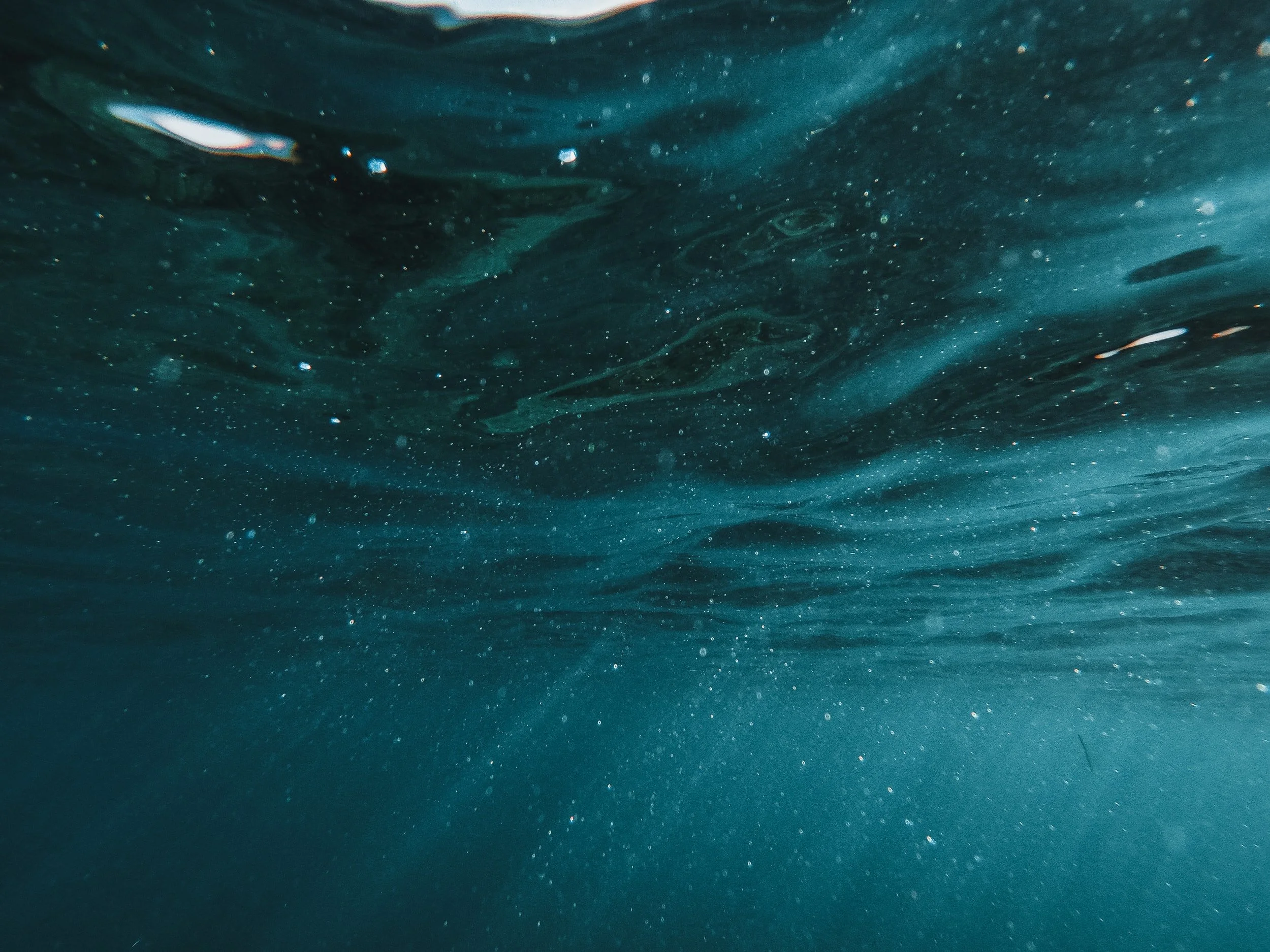ForFreeChoice: Higher Saturates in Palm Oil-Free Foods
Last year, a consumer rights think-tank called ForFreeChoice Institute released an interesting finding: palm oil-free foods have higher saturates and are less sustainable compared to their palm oil counterparts. The Italy-based organisation compared the total and saturated fat contents per 100g of both the palm oil and palm oil-free version of the 96 products. Interestingly, the result was that most of the palm oil-free products recorded a higher average of saturated fat levels in comparison to their palm alternatives.
Average levels of saturated fats by category (Source: ForFreeChoice)
The organisation claims that this finding further substantiates its longstanding opinion that “food brands are profiting from ‘free-from’ fake news”, thus misleading consumers, with Giacomo Bandini, a senior research fellow at ForFreeChoice Institute, explaining that:
“There is not much difference in the amount of saturated fats [between palm oil and palm oil free products]… [Cheese flavoured potato crisps are] the most evident exception, but that is the only one.”






